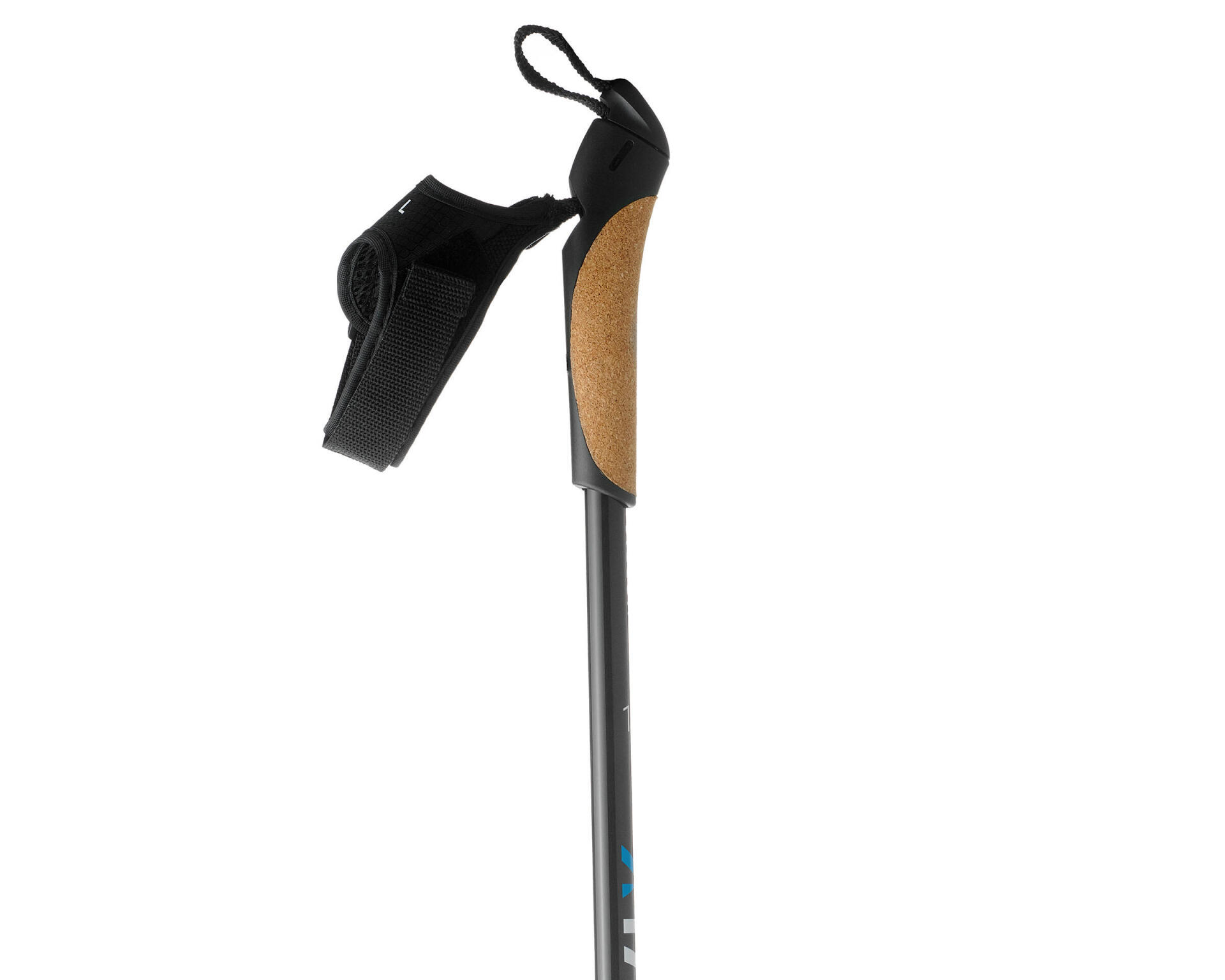1- Decide on
your level
Depending on your targets, your physical and endurance capacity or even your technical control,
cross-country skiing can be practised for "fun"or "sport" just as much as "performance".
That’s why it’s important to assess these criteria to determine your practice level
and therefore choose the right material for your needs!







